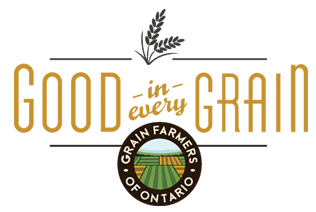Why do we feed livestock grain?
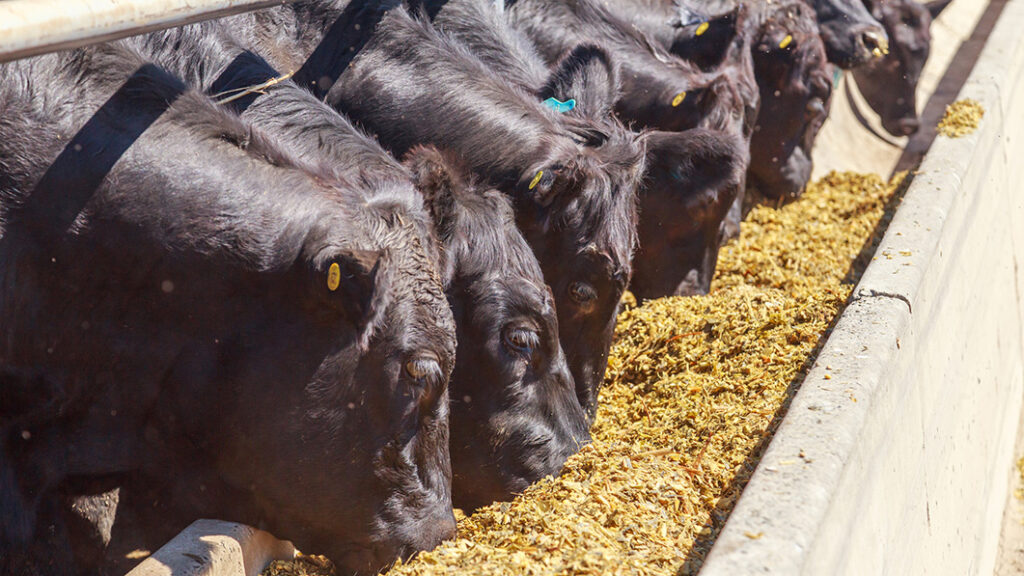
When we think about how grains are used, what often comes to mind is the grains that we eat or products we enjoy. While this is certainly part of the story, many people are surprised to learn that farm animals (also known as livestock!) like cattle, chickens, and pigs also eat lots of grain in Ontario. In fact, 39% of grain produced in Ontario goes towards feeding Ontario’s livestock! Read more to find out why grains are a great source of nutrients for Ontario’s farm animals.
Just like us, livestock require balanced diets to stay healthy. This means eating a variety of plants, including grains. Grains are prepared for feed in multiple ways, such as inside a silo to make silage, rolled, ground, flaked, or as pellets. They represent an important part of the diet for many of our livestock, with many health and production benefits.
What are the benefits of feeding grains to livestock?
1. Grains are packed with nutrients
Grains provide a nutrient-packed energy boost. We know this from including grains into our diets but they’re also a concentrated source of feed, which means livestock will get more energy from eating less, and can also be a good source of protein. This energy boost is important for many animals, who need lots of energy to grow, and produce milk, eggs, wool or meat. Since grains provide so much nutrition and are available locally year-round, they help keep meat and dairy affordable for us.
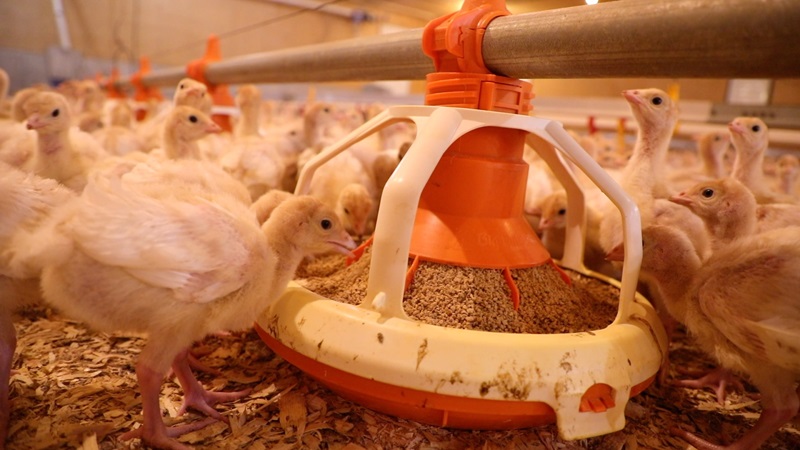
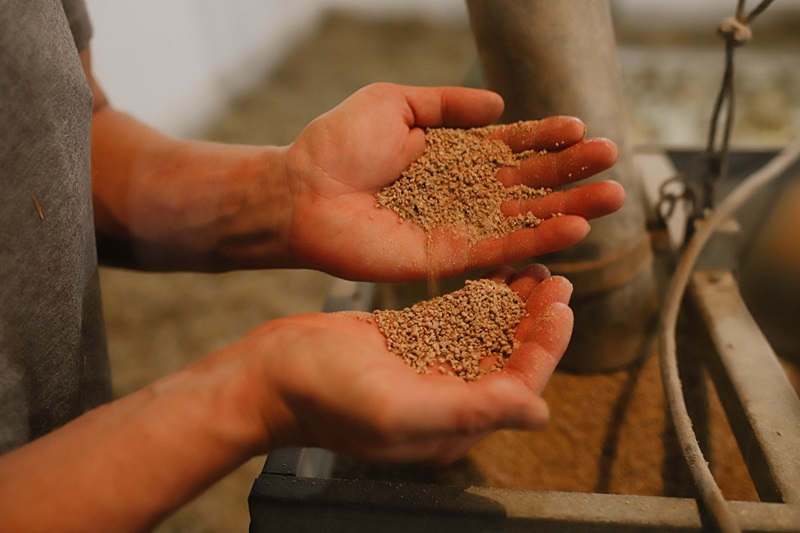
2. Grains are adaptable
Farmers can adjust the diets they feed their livestock depending on many different factors, including season, nutritional needs, cost, and availability of feed. Grains are very adaptable and can be customized in each unique farm’s situation. For example, in situations where the livestock on a farm may eat mostly hay or graze on a pasture, the farmer can choose to incorporate grains into the animals’ diets when they need extra nutrition. Just like you and I can incorporate grains into our diets in many nutritious, and fun ways, Ontario’s livestock farmers do the same because Ontario’s grains are so versatile. Think of it like a nutritious addition of corn or other grain into a salad or trail mix: it’s delicious for everyone.
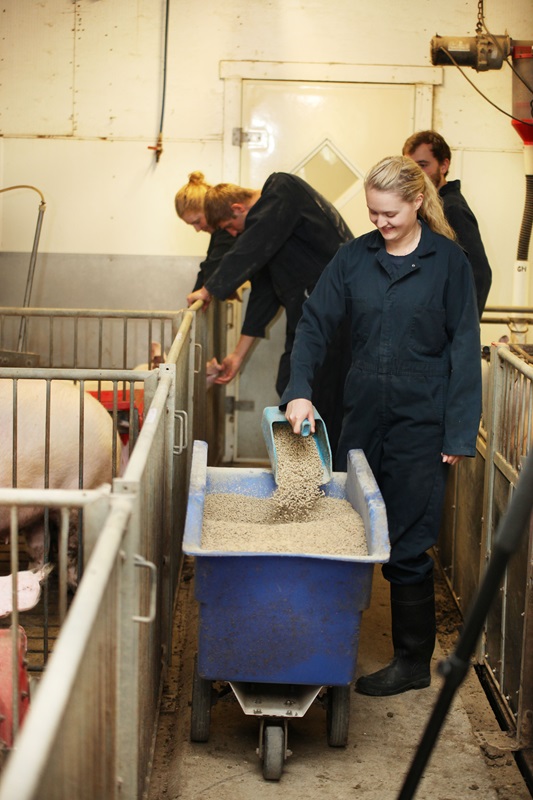
3. Grains provide consistency
Harvested and stored grains will have the same nutrition all year-round, while grasses or other plants may vary in nutrition depending on age, season, or field condition. Since grains provide consistent health benefits, vitamins, minerals and energy, they provide a useful basis for ensuring animals get everything they need in their diets. This reliability can also help produce quality food products from livestock; things like milk, meat and eggs.
Is grain-fed meat good for me?
Just like many other trendy diets, going grain-free has extended across the shopping aisles, leading some to ask if they should be eating grain-fed meat.
Though there’s many good reasons you don’t need to go grain-free either, you shouldn’t worry about eating meat from grain-fed animals. Despite some differences in fat content between meat from grass-fed and grain-fed animals, the difference is not dietarily significant. Grain-fed meat must meet the same food quality standards as any other meat product and is full of essential nutrients like iron, zinc, and B vitamins.
Feeding grains to livestock helps to produce meat, eggs, and dairy which is consistently high quality and full of vitamins and minerals. They represent an integral part of livestock farming because of the nutritional value they provide, which is the same value we get when we eat grains.
Grain plays a bigger role in our food system than you might think — helping to nourish the animals that produce the meat, eggs, and dairy we enjoy. It’s all connected, and that connection starts with Ontario grains. Explore how grains fits into your meals with these our good grain recipes.
Images courtesy of Farm and Food Care Ontario.
